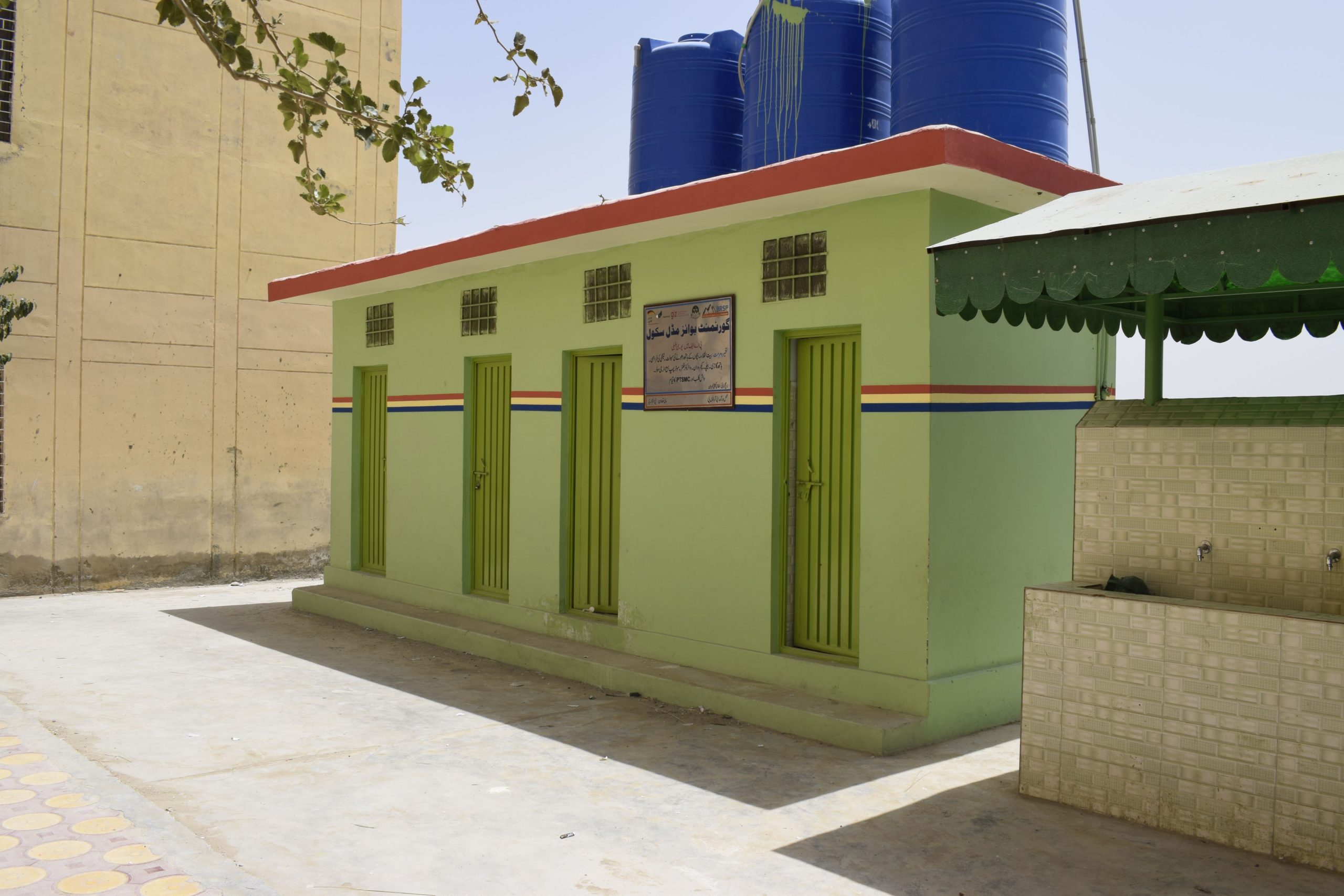Pakistan’s Sanitation Market Analysis
Following the 2010 floods, in Pakistan’s sanitation market analysis, the Government of Pakistan developed the Pakistan Approach to Total Sanitation (PATS) as a country-specific strategy to scale up sanitation programmes, particularly in rural areas to end open defecation.
PATS has helped almost 18 million people to construct and use toilets. The last ten million people who need to construct toilets are mostly poor, whereas 176 million need to upgrade their sanitation facilities to meet the SDG target of safely managed sanitation by 2030.
Sanitation products are manufactured and procured in production hubs. Large manufacturers generally produce higher-end sanitary products while smaller-scale manufacturers produce a combination of medium-cost products but of mixed quality standards.
The sanitation industry has not focused on low-cost products in Pakistan. Sanitation products are also imported from China.
The analysis of the costs of various latrine types constructed in the recent past shows that the prices ranged from US$264 to US$33.
The affordability analysis shows that only ventilated brick-lined direct pit latrine met the affordability criteria for most households. If all households currently practicing open defecation purchased the cheapest toilet design, this would represent a market value of US$100 million.
If all households accessing an unimproved or shared facility upgraded to a pour-flush off-set latrine, this would represent a market value of US$430 million. Whereas to reach the standard of safely managed sanitation, an overall market worth US$2.8 billion exists in Pakistan.

Read detail: Unicef’s sanitation market analysis
